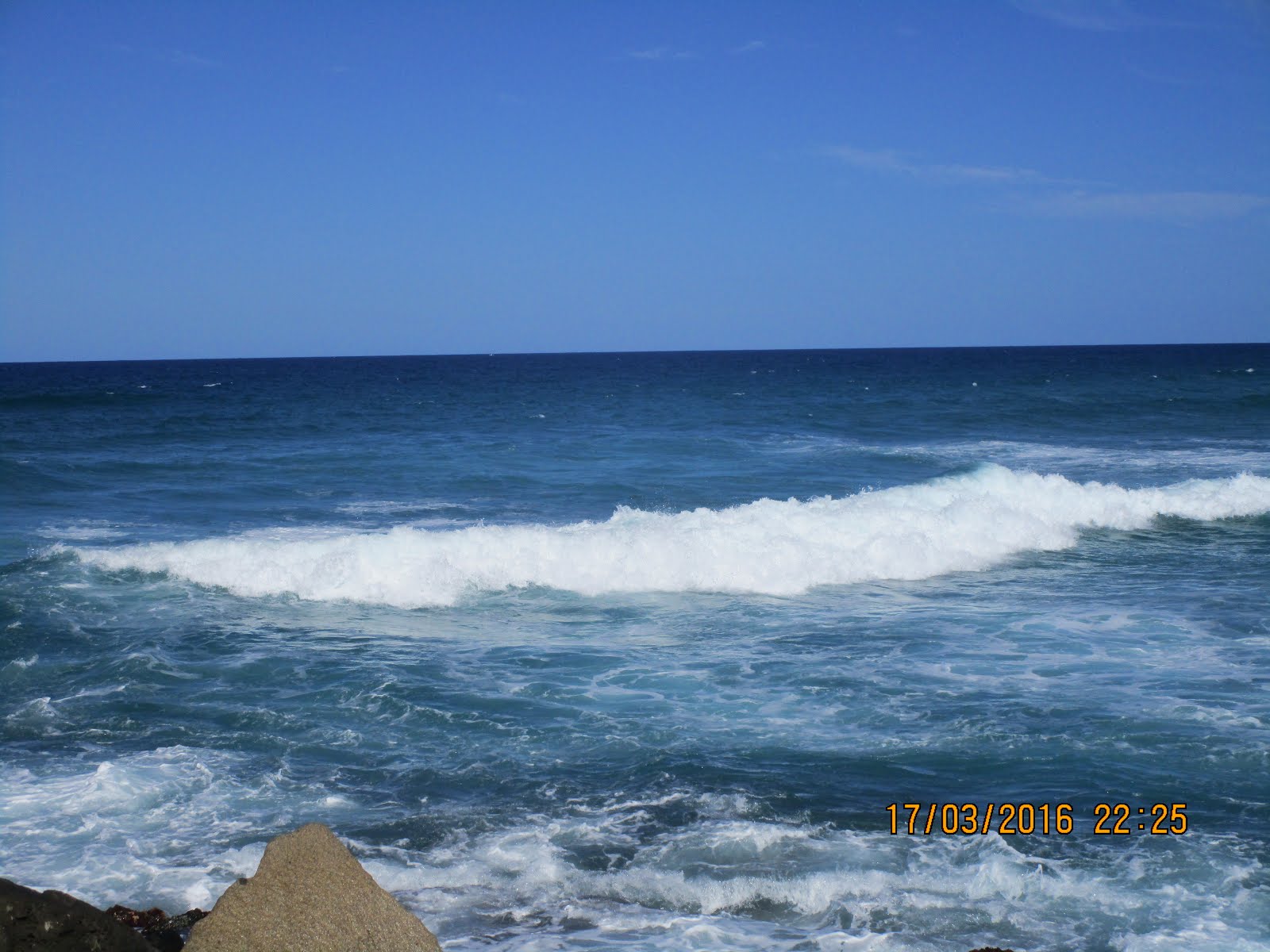My next challenge was to use it as a reduction plate which presented me with a few hurdles. Knowing that it "stretches" I needed to stabilize the sides during the process.This meant I could reduce the edges so took a clue from screen printing days and made my own stencils to protect the printing paper. Also I wanted to use two different colours and designs from this plate so had to bear that in mind as well.
To make my own stencils I printed off the image first and kept that as a template but made sure I used reasonably thick paper to cut them out so they would last a few editions.
Original Plate.
Inked Plate.
Inked Plate with Stencil Added.
The Print.
The background was printed with a light colour first from the same size plate and reprinted with a slightly darker colour,working with tonal value here.
Some detail on the head and the background colour isn't as grey as this looks.
Because I had inky fingers after a few runs I just place some paper over those areas to protect the printing paper.
Reducing the belly area. I only do this once a definite decision has been made especially as I wanted to reuse the plate in another edition and another colour.
Now I started rethinking design in the wings just to add interest. The best part of using stencils is if they don't work then I can reduce the plate, once cut away I can't replace it!!
Stencil and printed plate and it wasn't necessary to ink the complete plate but enough to cover the areas I wanted to print and to hold the stencil onto the plate.
Here's the result of that print and not sure I liked it after all so now I can change it to the reduction method.
I missed the registering a bit here and when I inked the blue/black wings I inked the branch in green .
In the end it's about a 7colour reduction/stencil print and I am happy enough with it.













Very interesting post Alison. You've explained the process so clearly - you must be a natural teacher!
ReplyDeleteThanks Amanda, not sure about the teaching though. I made heaps of notes beforehand!
ReplyDelete